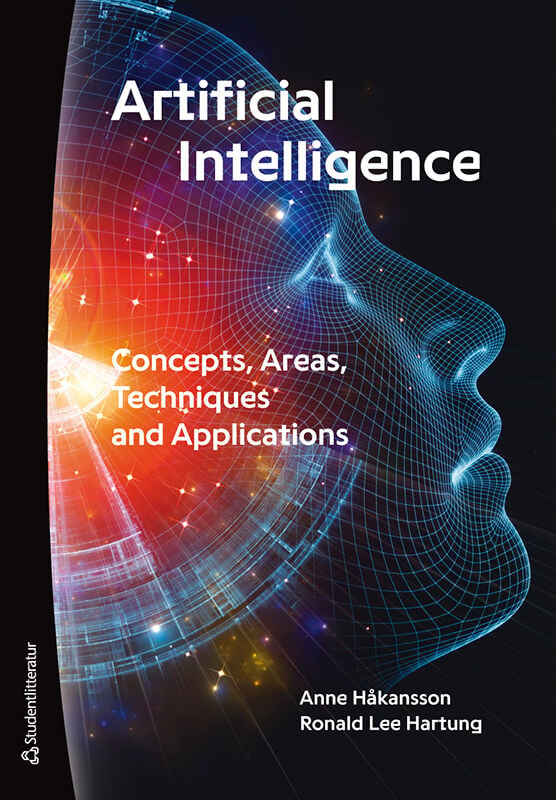
Artificial Intelligence
Du som undervisar kan beställa ett kostnadsfritt tryckt provexemplar av den här produkten.
Ett tryckt provexemplar ger dig möjlighet att i lugn och ro utvärdera hur produkten passar in i din undervisning. Observera att erbjudandet endast gäller relevanta produkter för din undervisning (nivå och ämne) och dig som är verksam i Sverige. Du kan naturligtvis alltid kontakta vår kundservice om du önskar ytterligare information eller har frågor om produkten.
Den här produkten kan beställas av lärare på universitet eller högskola. Om det gäller tjänsteexemplar av en kursbok på befintlig kurslista hänvisar vi till din arbetsgivare.
Innehållsförteckning
Information
- Författare:
- Anne Håkansson Ronald Lee Hartung
- Språk:
- Engelska
- ISBN:
- 9789144125992
- Utgivningsår:
- 2020
- Artikelnummer:
- 39923-01
- Upplaga:
- Första
- Sidantal:
- 372